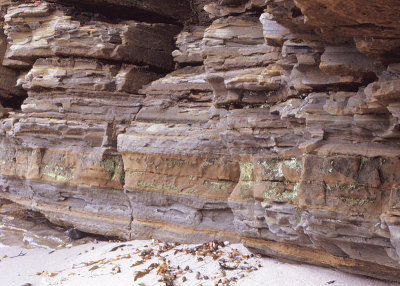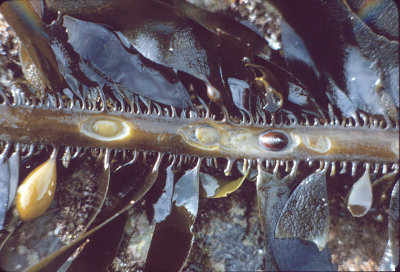





 |
 |
 |
 |
 |
 |
| Dennis Ancinec | profile | all galleries >> Communities of San Diego County >> Rocky Shore | tree view | thumbnails | slideshow |

gallery: Splash Zone |

gallery: High Tide Zone |

gallery: Middle Tide Zone |

gallery: rocky_slides |

gallery: Low Tide zone |
| comment | share |